Welcome to our comprehensive guide on the different types of cars in India. Just as each person possesses their distinct personality, cars too, come in all shapes and sizes—From elegant and refined sedans to muscular and adventurous SUVs, we'll unravel the mysteries behind each body type, providing you with an enthralling journey into the world of automotive diversity.
Types of Cars in India
1. Hatchback
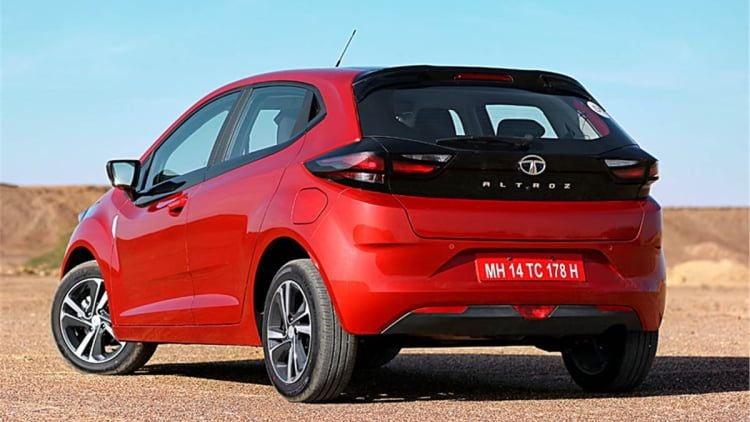
The 1938 Citroën Traction Avant 11CV Commerciale is considered the first hatchback ever made, and the body type gained popularity in the following decades. They were particularly appealing to those seeking a compact and economical option for urban commuting. Over the years, hatchbacks have evolved significantly in terms of design, performance, and technology, becoming a ubiquitous sight on Indian roads. The term "hatchback" originated from the notion of a hinged rear panel, akin to opening a small hatch.
Pros and Cons of Hatchbacks
Pros:
- Compact size, ideal for city driving
- Affordable pricing
- Good fuel efficiency
- Fun to drive
Cons:
- Limited rear legroom and cargo space
- Lower ground clearance may pose challenges on rough or uneven roads
Five Popular Hatchbacks in India
| Maruti Suzuki Swift |
| Hyundai i20 |
| Tata Altroz |
| Volkswagen Polo |
| Renault Kwid |
Check out our collection of Used Hatchbacks Cars in India
2. Sedan/Saloon/Notchback
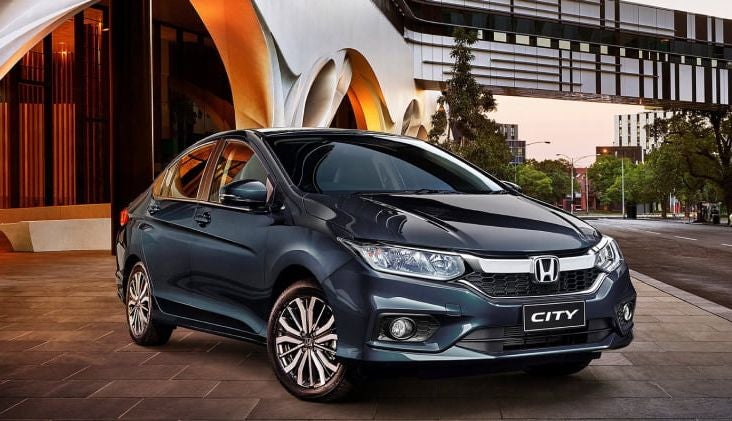
The concept of sedans traces back to the early days of automobile manufacturing. In the early 20th century, sedans became synonymous with luxury, catering to affluent buyers seeking opulent transportation. Sedans, also known as saloons or notchbacks, are characterised by a separate enclosed boot for luggage and a fixed roof structure.
Pros and Cons of Sedans
Pros:
- Spacious and comfortable interiors, ideal for long journeys
- Dedicated boot space for luggage
- Smooth and refined ride quality, ensuring a comfortable driving experience
Cons:
- Higher price range compared to hatchbacks
- Longer overall length, making parking and driving through tight spaces more challenging
- Higher fuel consumption compared to smaller cars
- Limited off-road capabilities due to lower ground clearance
Five Popular Sedans in India
| Honda City |
| Skoda Octavia |
| Hyundai Verna |
| Volkswagen Virtus |
| Maruti Suzuki Ciaz |
Check out our collection of Used Sedans Cars in India
3. Compact Sedan
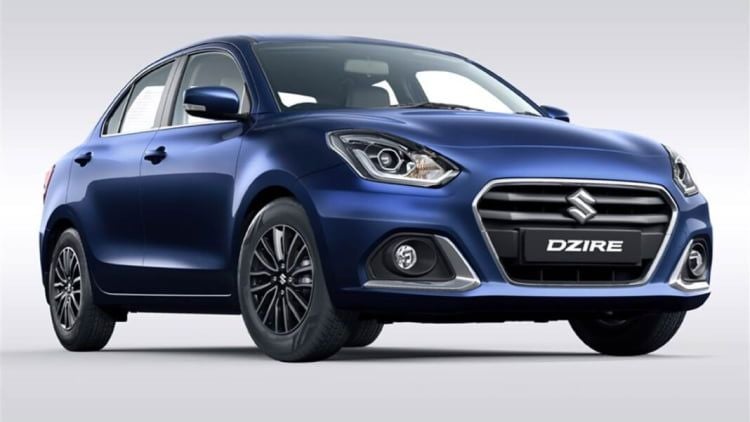
With their smaller dimensions and improved fuel efficiency, compact sedans have gained popularity among car buyers looking for a practical and affordable option. Compact sedans are well-suited for urban driving, offering a balance of convenience, efficiency, and style.
Pros and Cons of Compact Sedans
Pros:
- Ample seating and legroom
- Dedicated boot space for storing luggage
- Fuel-efficient engines
- Manoeuvrable size, allowing for easy navigation in cities
- Modern features and technologies
Cons:
- Smaller trunk space compared to larger sedans
- Limited rear headroom and legroom compared
- Not as powerful as mid-size or full-size sedans
- Ride quality may not be as smooth as larger sedans
- Limited off-road capabilities
Five Popular Compact Sedans in India
| Maruti Suzuki Dzire |
| Honda Amaze |
| Hyundai Aura |
| Tata Tigor |
| Ford Aspire |
4. Coupe
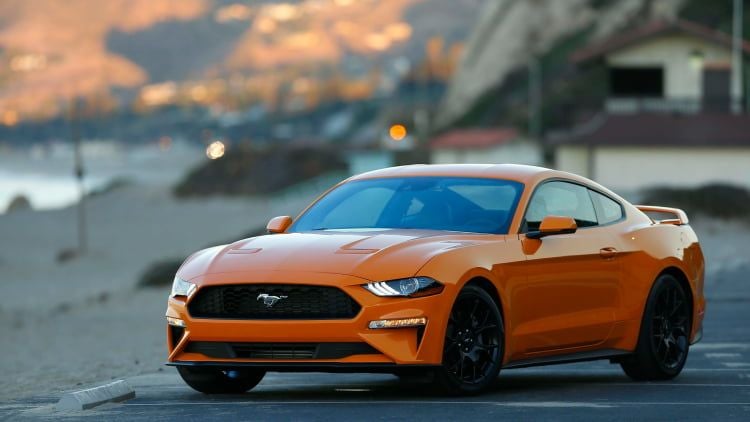
The term "coupe" originated from the French word "couper," meaning "to cut." Historically, coupes referred to closed carriages with two seats and a roofline that was cut shorter than traditional models. Over time, coupes evolved into two-door cars with a focus on performance and style.
Today, coupes epitomise sportiness and style with a focus on performance. These cars are designed to turn heads on the road, offering a blend of exhilarating driving dynamics and captivating aesthetics.
Pros and Cons of Coupes
Pros:
- Striking and sporty design
- Exhilarating performance
- Enhanced driving dynamics
- Luxurious interiors, showcasing attention to detail and craftsmanship
- Symbol of style and status, making a statement on the road.
Cons:
- Restricted accessibility due to the two-door configuration
- Reduced practicality in terms of cargo space and everyday usability
- Higher price range and ownership costs compared to mainstream cars
- Harsher ride quality compared to more comfort-oriented vehicles
Five Popular Coupes in India
| BMW 4 Series Coupe |
| Mercedes-Benz C-Class Coupe |
| Audi A5 Coupe |
| Ford Mustang |
| Jaguar F-Type Coupe |
5. Micro Car
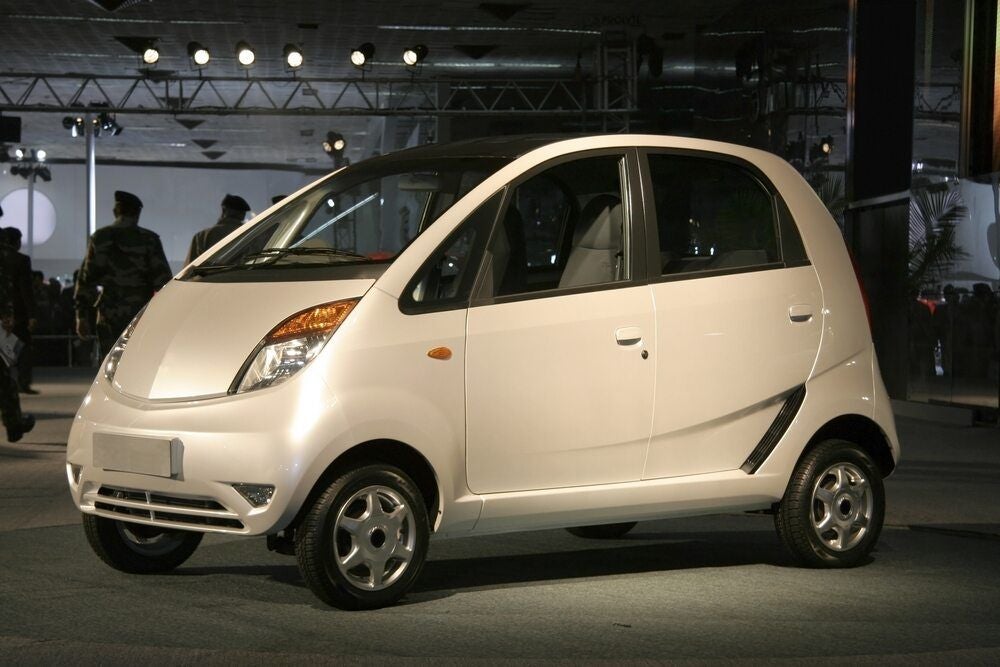
The concept of micro cars originated in post-World War II Europe as a response to fuel shortages and the need for affordable transportation. In recent years, micro cars have evolved to incorporate modern features and advanced technology, making them a viable option for city dwellers.
Pros and Cons of Micro Cars
Pros:
- Excellent to drive through crowded city streets
- Lower running costs due to their fuel efficiency
- Affordability, even when compared to hatchbacks
- Lower service costs
- Environmentally friendly
Cons:
- Very limited seating and cargo space
- Less power and performance due to smaller engines
- Limited comfort features
- May feel less stable at high speeds or on highways
- Not suitable for large families
Five Popular Micro Cars in India
| Maruti Suzuki Alto |
| Renault Kwid |
| Datsun redi-GO |
| Tata Punch |
| Hyundai Santro |
6. CUV/Crossover
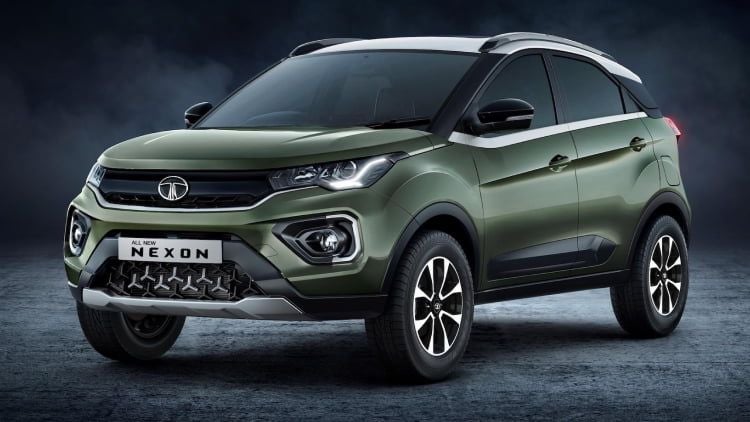
CUVs (Crossover Utility Vehicles) or Crossovers emerged as a response to the growing demand for vehicles that cater to a wide range of needs and lifestyles. They combine the attributes of different car types to offer a versatile and adaptable driving experience.
Pros and Cons of Crossovers
Pros:
- Versatile and adaptable
- Spacious and comfortable interiors
- Higher ground clearance
- Smooth handling and manoeuvrability
Cons:
- Higher price range compared to regular sedans or hatchbacks
- Lower fuel efficiency compared to smaller cars
- Not as rugged or capable off-road as full-size SUVs
- Limited performance compared to sports cars or high-performance sedans
Five Popular Crossovers in India
| Hyundai Creta |
| Kia Seltos |
| Maruti Suzuki Ignis |
| Honda WR-V |
| Nissan Kicks |
7. Crossover Hatchback
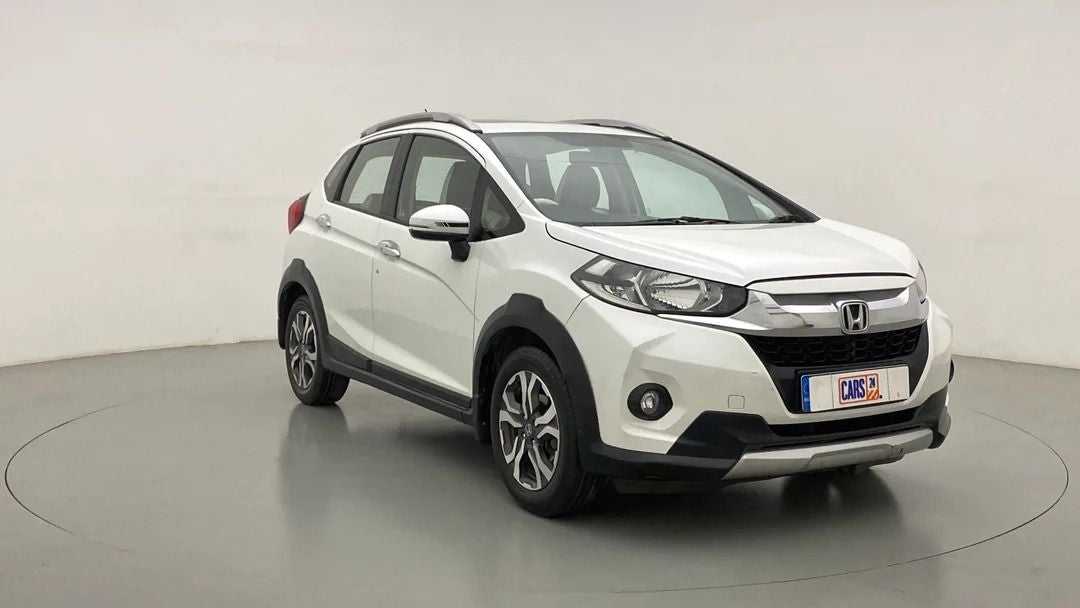
Crossover hatchbacks, also known as small crossovers, emerged as a response to the growing demand for vehicles that offer the best of both worlds – the practicality of a hatchback and the ruggedness and ground clearance of an SUV. They provide a unique blend of versatility, compactness, and style.
Pros and Cons of Crossover Hatchbacks
Pros:
- Compact size
- Stylish and rugged design
- Raised ground clearance
- Versatile cargo space
- Fuel efficient
Cons:
- Limited rear seating and legroom
- Reduced cargo space compared to regular hatchbacks
- Not as capable off-road as full-size SUVs
- Slightly higher price compared to regular hatchbacks
Five Popular Crossover Hatchbacks in India
| Maruti Suzuki S-Presso |
| Renault Kiger |
| Nissan Magnite |
| Kia Sonet |
| Hyundai Venue |
8. MPV/Minivan
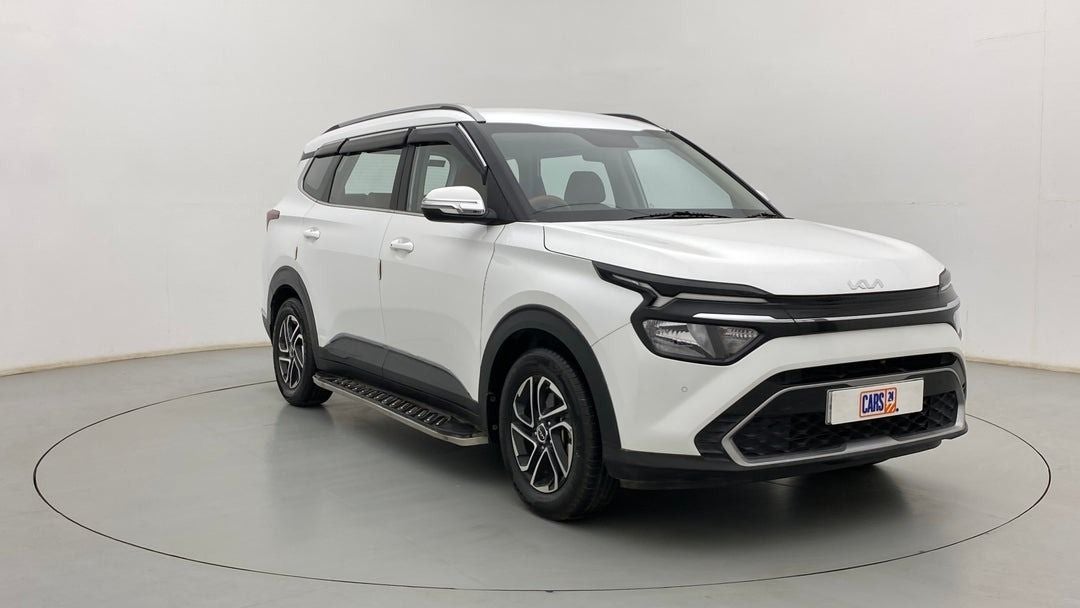
MPVs (multi-purpose vehicles), also known as minivans, have a long history, dating back to the 1980s when manufacturers introduced vehicles that could accommodate larger families and their luggage. These vehicles gained popularity due to their spacious interiors and versatile seating arrangements.
Over time, MPVs have evolved to incorporate various features and technologies to meet the changing needs of families.
Pros and Cons of MPVs
Pros:
- Ample seating capacity
- Spacious interiors
- Generous cargo capacity
- Various safety features and technologies
Cons:
- Larger dimensions, making them more challenging to manoeuvre
- Lower fuel efficiency compared to smaller cars
- Limited off-road capabilities
- Limited performance compared to smaller, more agile vehicles
Five Popular MPVs in India
| Maruti Suzuki Ertiga |
| Toyota Innova Hycross |
| Hyundai Alcazar |
| Kia Carnival |
| Renault Triber |
9. SUV (Sports Utility Vehicle)
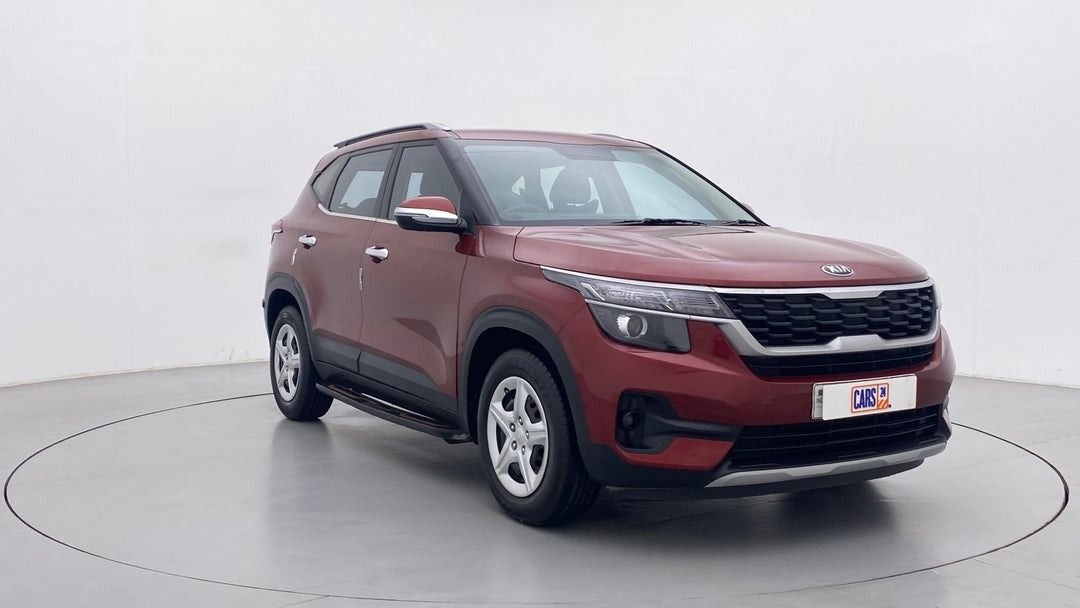
SUVs have a rich history, originating from military vehicles and off-road vehicles used for utility purposes. In the 1990s, SUVs gained popularity among consumers seeking a blend of off-road capabilities and on-road comfort.
SUVs offer a blend of ruggedness, versatility, and commanding presence on the road. These vehicles are designed to handle a variety of terrains and provide ample space for both passengers and cargo.
Pros and Cons of SUVs
Pros:
- Versatile and spacious interiors
- Unparalleled off-road capabilities
- Commanding road presence
- High ground clearance
- Advanced safety features and technologies
Cons:
- Larger dimensions, making them cumbersome to drive in cities
- Higher fuel consumption
- Higher ownership and maintenance costs
- Not as agile as smaller vehicles
- Higher ownership cost
Five Popular SUVs in India
| Toyota Fortuner |
| Mahindra Thar |
| Mahindra Scorpio/Scorpio N |
| Tata Harrier |
| Mahindra XUV 700 |
Check out our collection of Used SUVs Cars in India
10. Crossover SUV
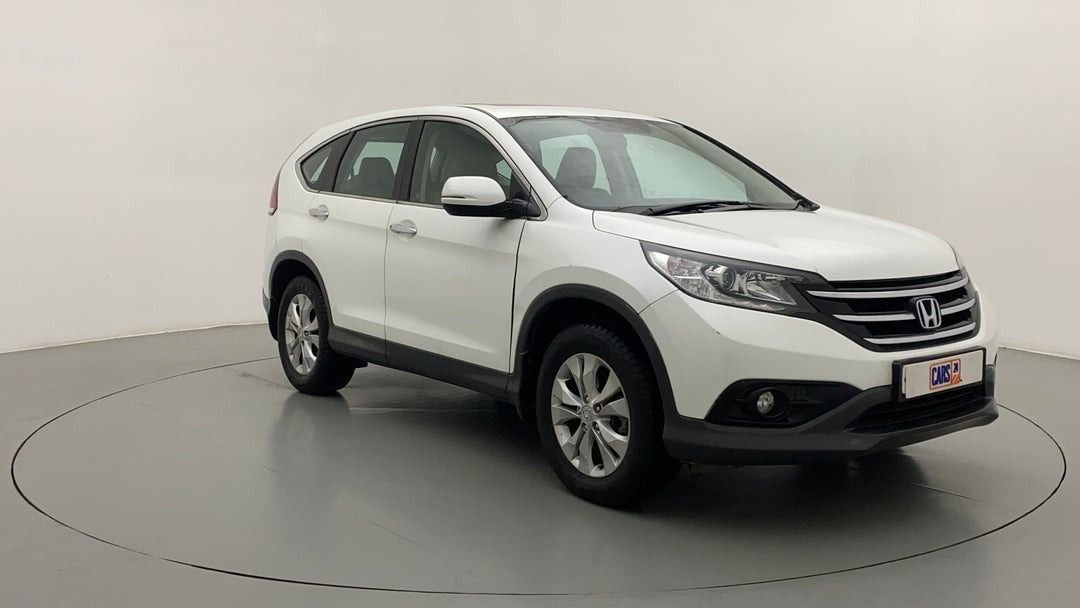
Crossover SUVs emerged as a response to the growing demand for vehicles that offer the benefits of SUVs, such as spaciousness and versatility, with the comfort of passenger cars. The popularity of crossover SUVs skyrocketed due to their combination of practicality and style. Over time, manufacturers have refined the design and features of crossover SUVs to meet the changing needs of consumers.
Pros and Cons of Crossover SUVs
Pros:
- Versatile and spacious interiors
- Elevated ground clearance to tackle bad roads
- Sporty and stylish design
- Available in various sizes and configurations
- Fun to drive options, such as the Volkswagen Taigun
Cons:
- Limited off-road capabilities compared to full-size SUVs
- Relatively higher fuel consumption
- Potentially higher ownership and maintenance costs
Five Popular Crossover SUVs in India
| Hyundai Creta |
| Kia Seltos |
| Ford EcoSport |
| Tata Nexon |
| Volkswagen Taigun |
11. Coupe SUV
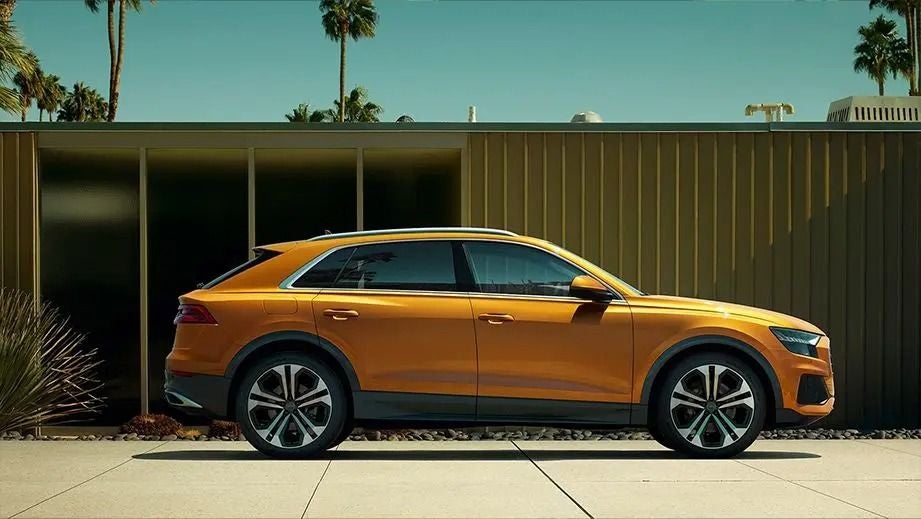
Coupe SUVs emerged as a response to the demand for vehicles that combine the sportiness of a coupe with the ruggedness and versatility of an SUV. The concept gained popularity as an increasing number of buyers sought a unique blend of style, performance, and practicality. Manufacturers responded by designing coupe SUVs that feature the sleek lines and dynamic appeal of coupes, while offering the spaciousness and raised driving position associated with SUVs.
Pros and Cons of Coupe SUVs
Pros:
- Sporty and dynamic design
- Spacious interiors
- Better ground clearance
- Powerful engines
- Performance-oriented features
Cons:
- Compromised rear headroom
- Limited cargo space
- Less spacious and practical compared to traditional SUVs
- Higher ownership costs and fuel consumption
- Limited off-road capabilities
Five Popular Coupe SUVs in India
| BMW X6 |
| Mercedes-Benz GLE Coupe |
| Audi Q8 |
| Range Rover Velar |
| Porsche Cayenne Coupe |
12. Compact SUV
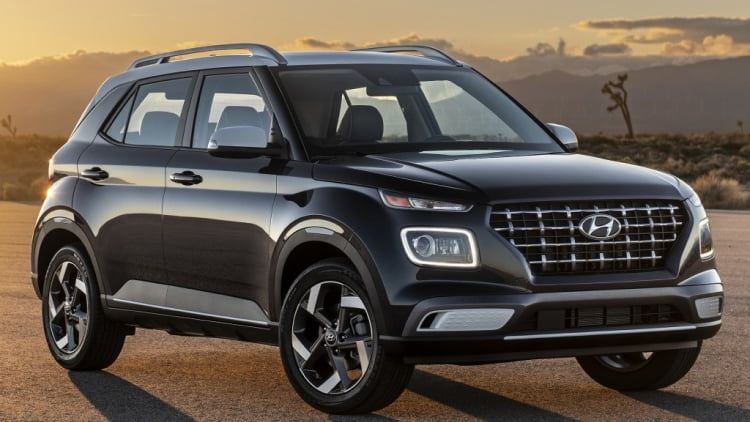
Compact SUVs emerged as a response to the demand for vehicles that offer the benefits of an SUV in a smaller and more fuel-efficient package. The concept gained traction as car buyers sought versatile vehicles that could handle city driving while providing the flexibility for weekend getaways or mild off-roading.
Pros and Cons of Compact SUVs
Pros:
- Versatile and compact size
- Higher ground clearance
- Spacious interiors
- Fuel-efficient engines
- Enhanced comfort and convenience
Cons:
- Limited rear passenger space
- Reduced cargo capacity
- Not as capable off-road as full-size SUVs
Five Popular Compact SUVs in India
| Hyundai Venue |
| Kia Sonet |
| Maruti Suzuki Vitara Brezza |
| Mahindra XUV300 |
| Tata Nexon |
13. 4-Door Coupe
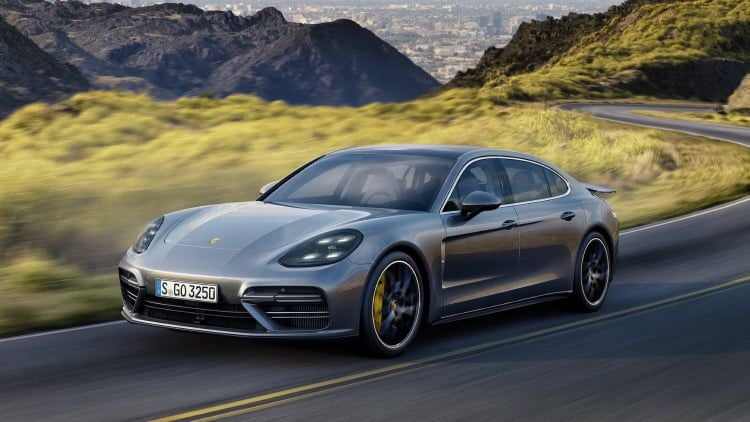
The concept of the 4-door coupe emerged in the early 2000s as an innovation in automotive design. It was popularised by luxury car manufacturers aiming to offer a more dynamic alternative to traditional sedans.
The 4-door coupe is a unique car body type that combines the sleek and sporty design of a coupe with the practicality of a sedan. These vehicles feature a coupe-like roofline and a fastback-style rear, offering a more dynamic and stylish appearance compared to traditional sedans.
Pros and Cons of 4-Door Coupes
Pros:
- Sporty and stylish design
- Comfortable and spacious interiors
- Engaging driving experience
- Premium features and advanced technologies
- Unique and distinctive body style
Cons:
- Reduced rear headroom
- Potentially limited rear visibility due to the sloping roofline
- Slightly compromised cargo space
- Limited availability of 4-door coupes in the Indian market
Five Popular 4-Door Coupes in India
| Audi A7 |
| Mercedes-Benz CLS |
| BMW 8 Series Gran Coupe |
| Porsche Panamera |
| Aston Martin Rapide |
14. Station Wagon
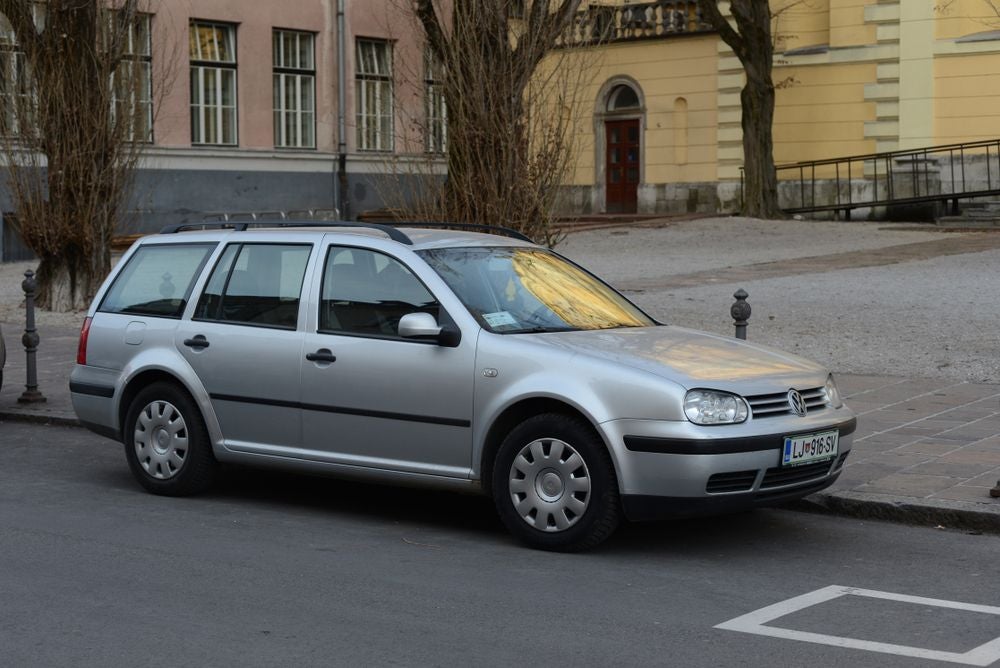
Station wagons, also known as estate cars, have a rich history, dating back to the early days of the automotive industry. Originally, station wagons were used to transport people and their luggage to and from train stations. Over time, they evolved into family-friendly vehicles with spacious interiors and generous cargo capacity.
Pros and Cons of Station Wagons
Pros:
- Ample cargo capacity
- Comfortable seating and spacious interiors
- Versatility, with the ability to fold down rear seats
- Smooth handling and ride quality
Cons:
- Perception of a traditional and less trendy body style
- Limited availability
- Longer length, requires more parking space
- Not as high ground clearance or off-road capabilities compared to SUVs
- Reduced fuel efficiency compared to smaller cars
Five Popular Station Wagons in India
| Maruti Suzuki Baleno Altura (Discontinued. First introduced in 2000) |
| Tata Estate (Discontinued. First introduced in 1992) |
| Fiat Palio Adventure (Discontinued. First introduced in 2000) |
| Volvo V60 |
| Skoda Octavia Combi (Discontinued. First introduced in 2005) |
15. Convertible/Spyder/Cabriolet
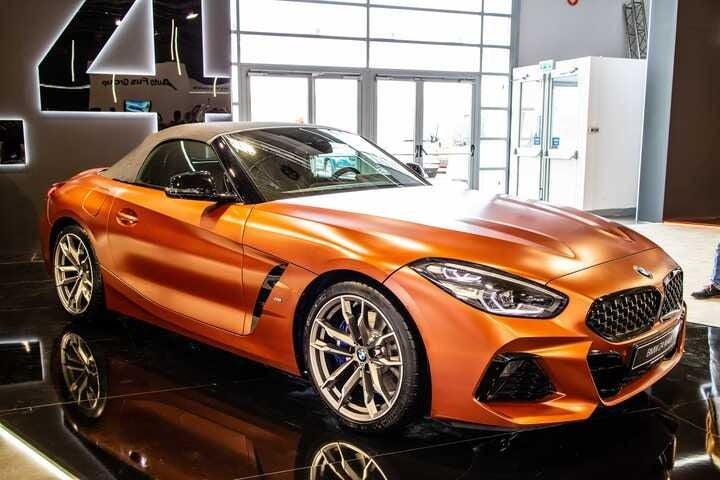
The history of convertibles can be traced back to the early days of automobiles when most cars were open-air vehicles. Over time, advancements in technology and consumer demand led to the development of retractable roofs. Modern convertibles feature innovative mechanisms that allow for quick and effortless transformation from a closed-top car to an open-top convertible.
Pros and Cons of Convertibles
Pros:
- Immersive driving experience
- Stylish design and engineering
- A sense of freedom and enjoyment, particularly on sunny days or scenic drives
- Retractable roofs often offer good insulation, providing comfort in various weather conditions
Cons:
- Limited rear passenger and cargo space
- Higher ownership and maintenance costs
- Less practical for daily commuting
- Reduced structural rigidity
- Noise and wind intrusion may be higher when driving with the top down
Five Popular Convertibles in India
| Mercedes-Benz E-Class Cabriolet |
| BMW Z43 |
| Jaguar F-Type Convertible |
| Audi A3 Cabriolet |
| Mini Cooper Convertible |
Check out our collection of Used Luxury Cars in India
16. Pick-Up Truck
Pick-up trucks have a long history, dating back to the early 20th century when manufacturers started modifying cars to have open cargo beds. These early pick-up trucks were primarily used for agricultural and industrial purposes. Over time, pick-up trucks evolved to become more refined, with improved comfort and advanced features. Today, they have become a popular choice for both commercial and personal use.
Pros and Cons of Pick-Up Trucks
Pros:
- Versatile cargo space
- Robust construction
- Higher towing capacity
- Good off-road capabilities
- Spacious interiors
Cons:
- Larger size, making it hard to park
- Higher fuel consumption
- Limited rear passenger seating
Five Popular Pick-Up Trucks in India
| Mahindra Bolero Pickup |
| Tata Xenon |
| Mahindra Bolero Camper |
| Isuzu D-Max V-Cross |
| Toyota Hilux |
The Bottom Line
In conclusion, understanding the different types of cars in India is essential for car buyers to make informed decisions. Whether it's the practicality of a hatchback, the sophistication of a sedan, the versatility of an SUV, or the efficiency of an electric car, each body type offers unique benefits and considerations.
From popular models like the Maruti Swift and Hyundai Creta to the luxurious Audi A7 and Jaguar F-Type, there's a car type to suit every preference and budget. However, it's important to weigh the pros and cons of each type and consider individual needs to find the perfect car that meets both style and functionality requirements.
FAQs
Q. What is the most popular car body type in India?
Hatchbacks are the most popular car body type in India. They are small, fuel-efficient, and affordable.
Q. Are SUVs suitable for Indian road conditions?
Yes, SUVs are suitable for Indian road conditions. They have a higher ground clearance and are more capable of handling rough terrain.
Q. How do I determine the right car body type for my needs?
Consider your needs and budget when determining the right car body type for you. If you have a small family and need a fuel-efficient car, a hatchback may be a good option. If you need more space and off-road capability, an SUV may be a better choice.
Q. Can I modify the body type of my car?
Yes, you can modify the body type of your car. However, this is a complex and expensive process and could land you in trouble with the authorities. It is usually only done for show cars or racing cars.


















.jpg&w=828&q=75)


















